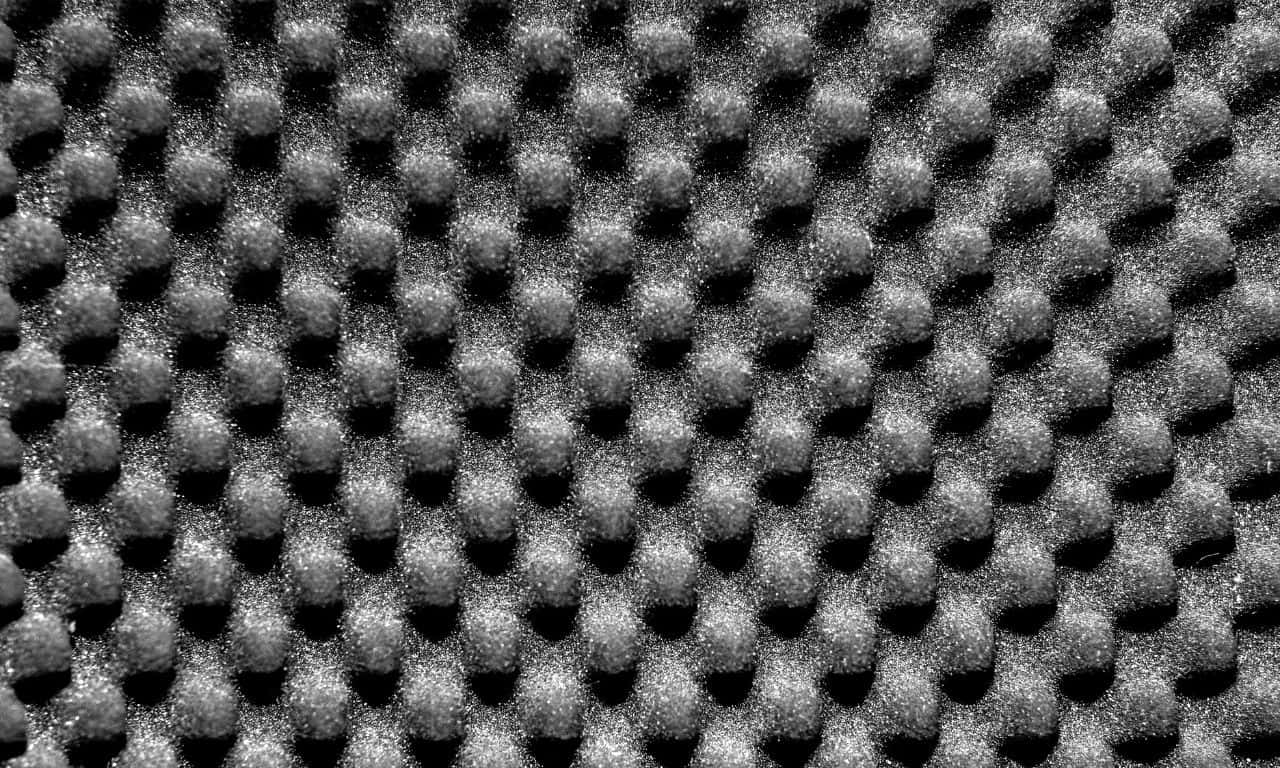In industrial applications, the choice of adhesive can significantly affect the durability, safety, and efficiency of operations. This article explores how to bond polyurethane and pvc for long-lasting repairs in detail to help professionals make informed decisions about bonding solutions.
Why Bonding Polyurethane and PVC Requires the Right Approach
Polyurethane and PVC are widely used in industrial applications due to their flexibility, durability, and resistance to wear. However, bonding these materials together – or to other substrates – isn’t always straightforward. Both plastics have low surface energy, which makes it challenging for many adhesives to form a strong and lasting bond without the right preparation and product choice.
Whether you’re repairing a conveyor belt, sealing a liner, or assembling flexible components, the success of your repair depends on choosing an adhesive specifically formulated for polyurethane and PVC bonding. In this article, we’ll explore the most effective products, application tips, and surface preparation techniques to help you achieve a durable, professional-grade result.
Why It Matters
Adhesives play a critical role in ensuring structural integrity across a wide range of industrial uses, including conveyor belt repairs, metal-to-rubber bonding, and polyurethane linings. The wrong adhesive choice can lead to costly downtime or repairs.
Practical Insights
Professionals should evaluate the curing time, substrate compatibility, environmental safety (such as non-flammability), and bonding strength. For example, a two-component contact adhesive like Topstick SC-011 offers superior bond strength in high-stress applications.
Recommended Topstick Products
Depending on your needs, consider:
– Topstick SC-08 for fast-curing rubber repairs
– Topstick SC-020 where non-flammable solutions are required
– Topprime for surface preparation on metal substrates
Visit our product range to find the ideal adhesive for your job.
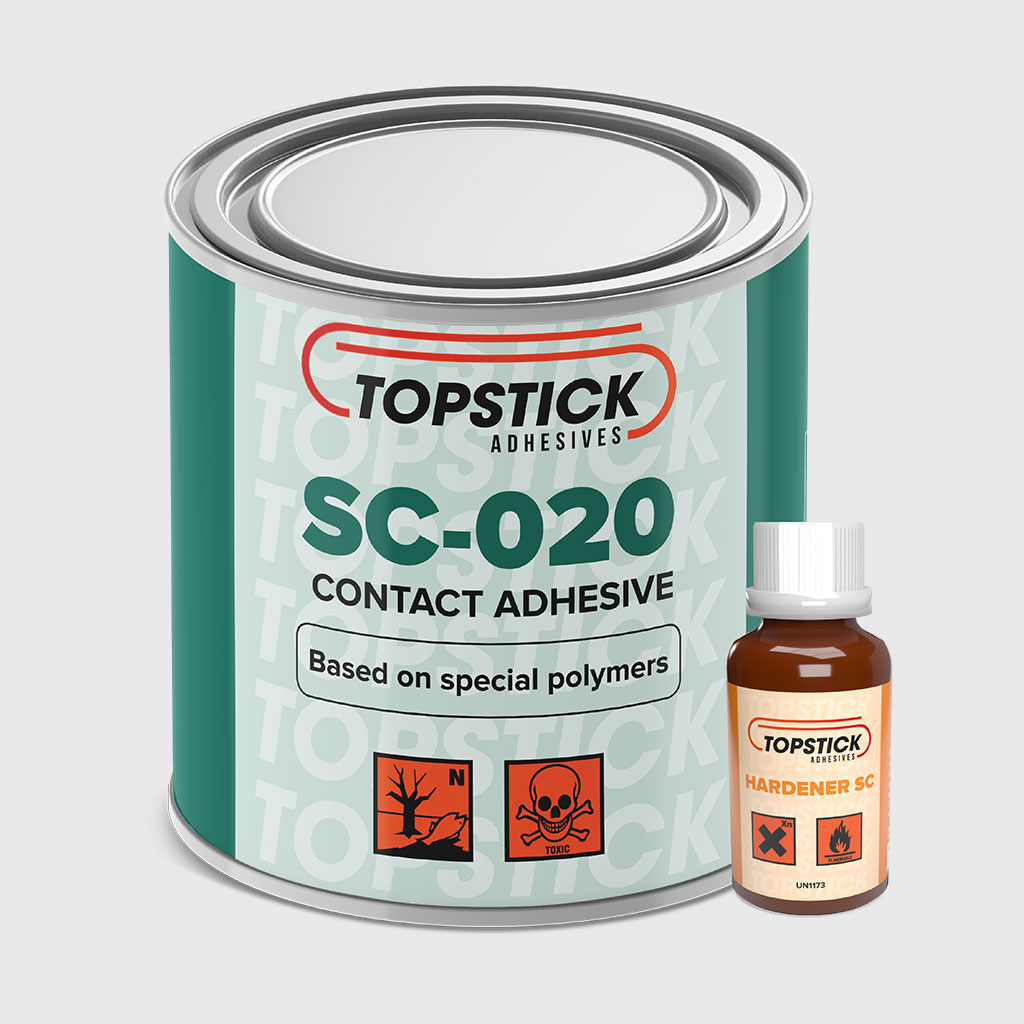
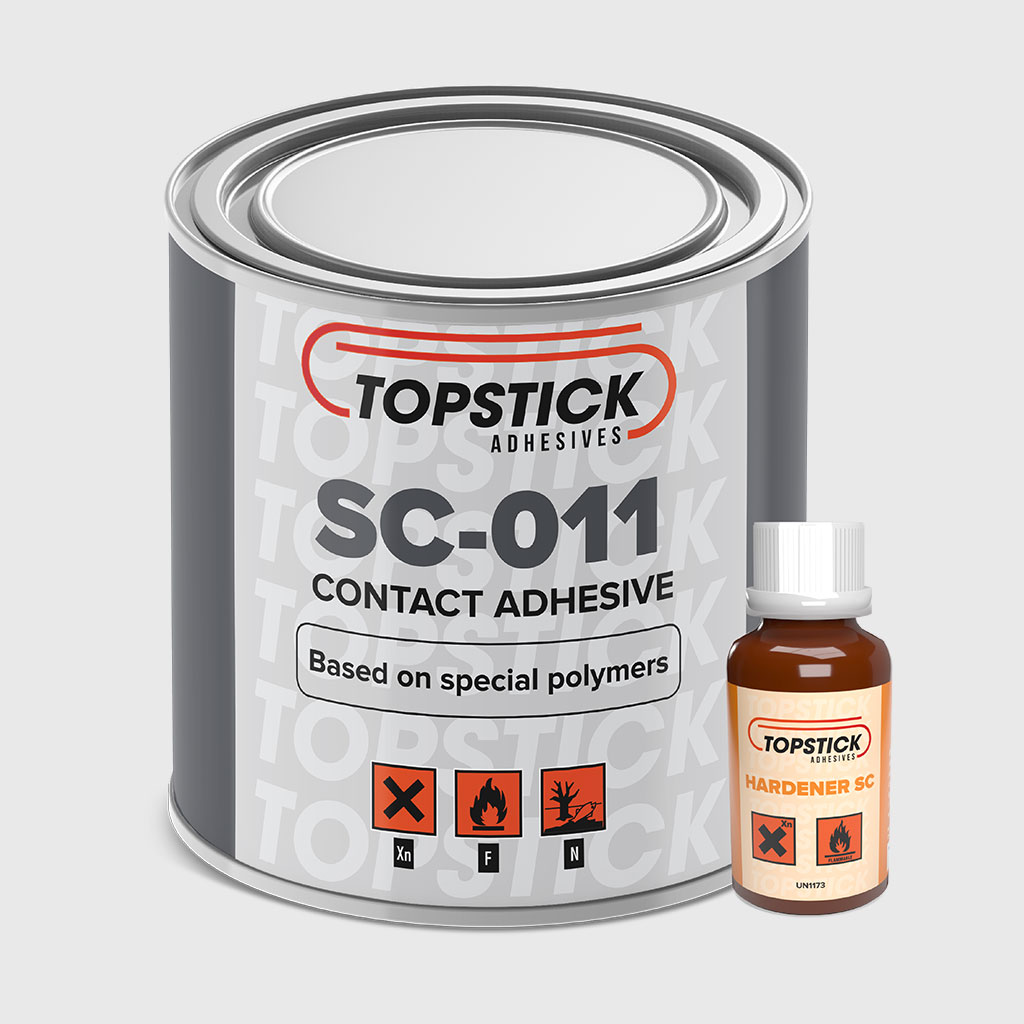
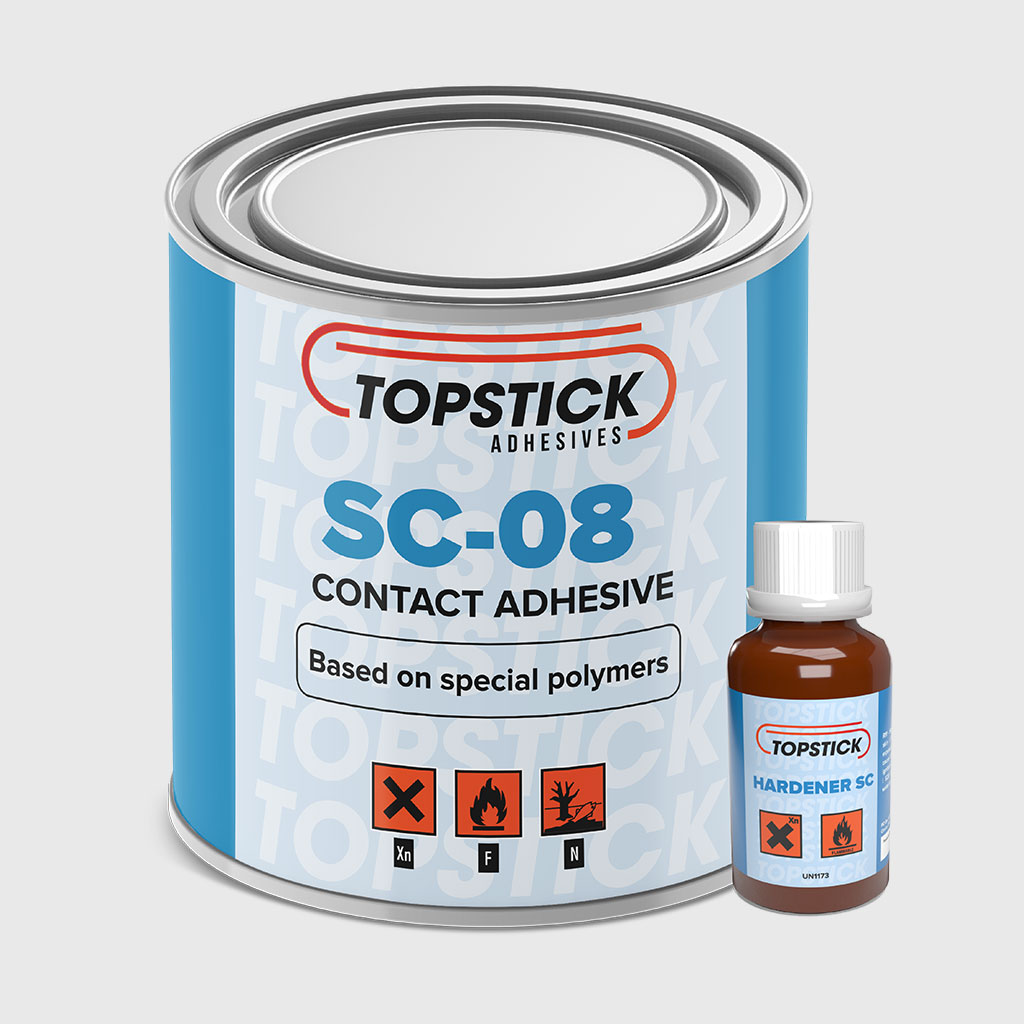
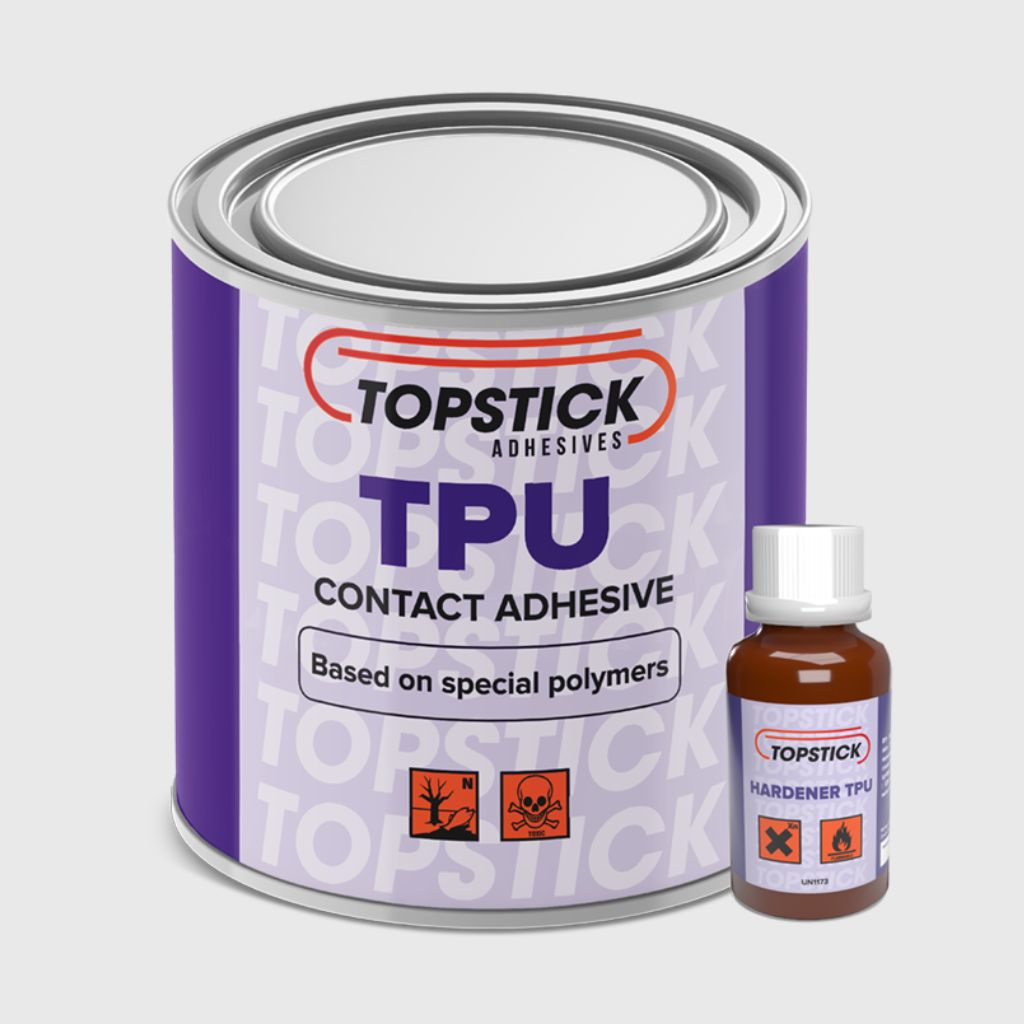
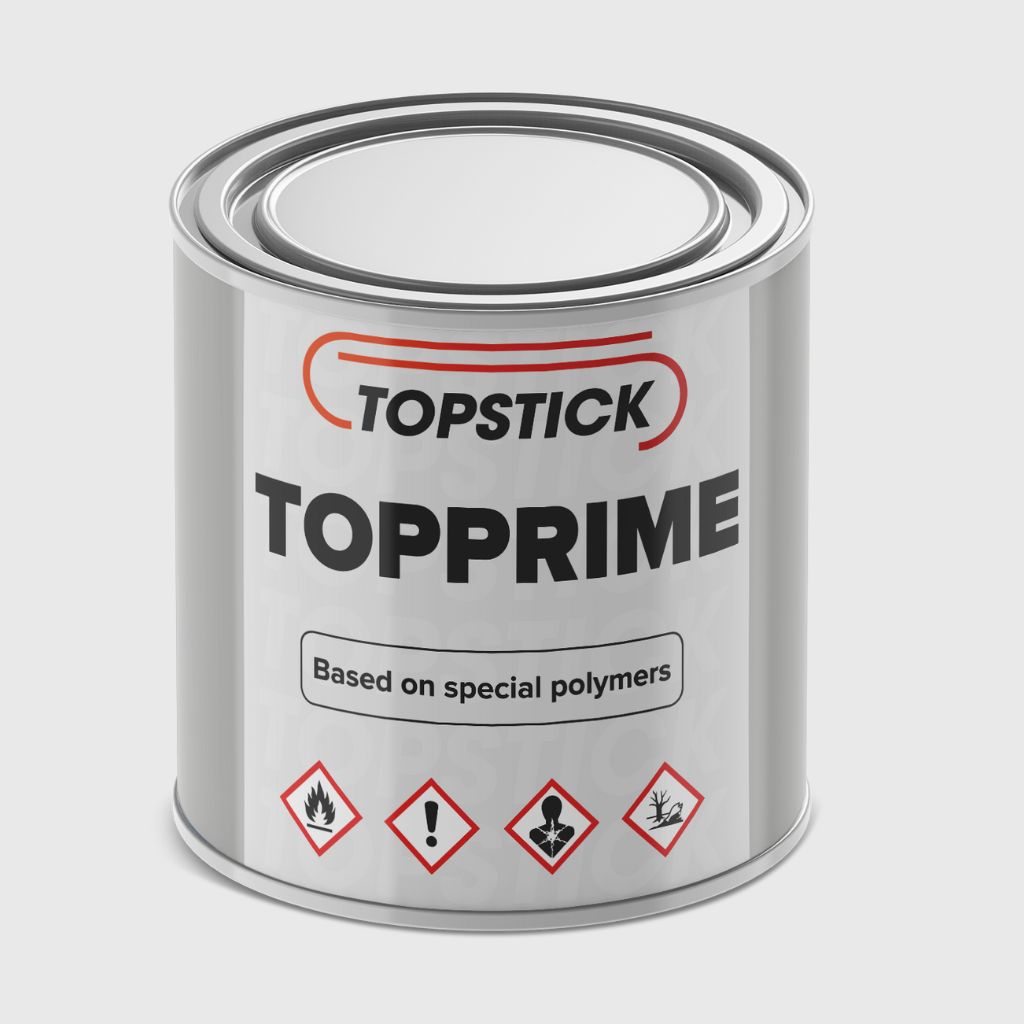
Final Thoughts
Understanding how and when to use specific adhesives—like a fast curing rubber adhesive or a metal primer for rubber adhesion—can drastically improve repair outcomes and operational uptime. For tailored advice, contact our team or browse our full product documentation.
